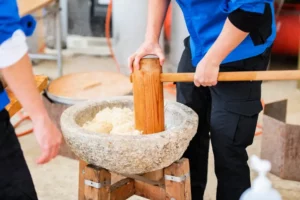The Nihon Shoki chronicles the nation’s journey from its mythical origins to its early history. By blending mythology with historical records, the Nihon Shoki solidified the legitimacy of imperial rule and shaped Japan’s historical narrative, making it essential for understanding Japan’s cultural development.
Table of Contents
ToggleWhat is the Nihon Shoki?
The Nihon Shoki is one of Japan’s oldest official histories. It documents Japan’s history from its mythical origins to 697 CE. The text consists of 30 chapters, starting with myths and legends and then providing more historically accurate records from around the 5th century onwards. It covers significant events such as the introduction of Buddhism and the Taika Reforms of the 7th century.
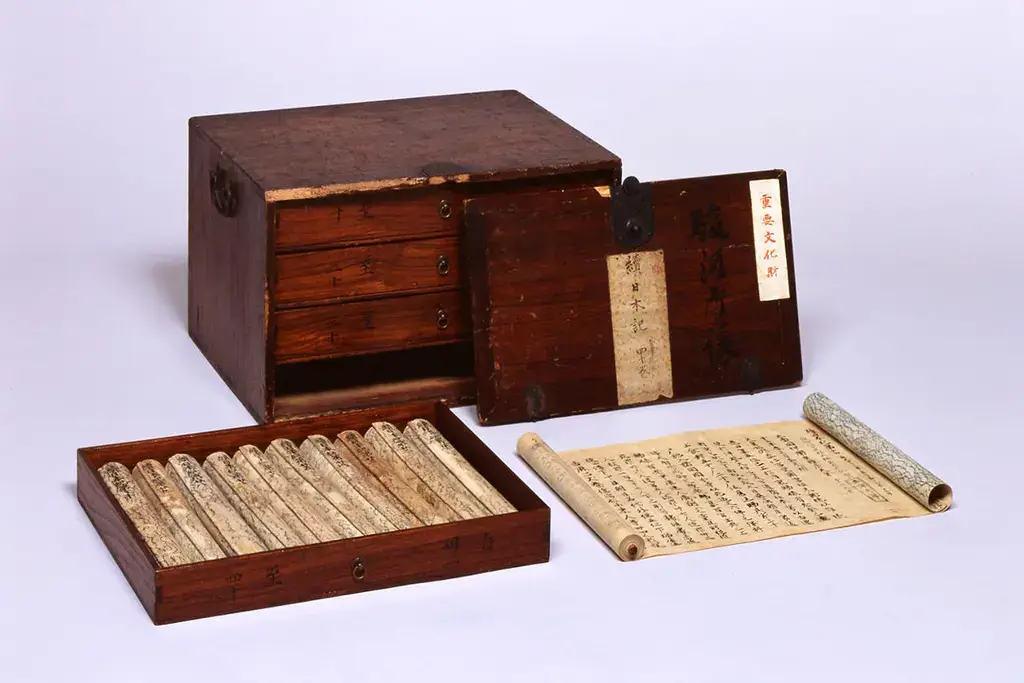
Unlike the Kojiki, which also deals with Japanese myths and imperial genealogy, the Nihon Shoki offers more polished writing. This text provides multiple versions of the same myths and includes detailed dates for a definitive historical account. It also provided the family trees of powerful clans and the imperial family, solidifying Japan’s historical narrative to its people and neighboring states like China and Korea.
Who wrote the Nihon Shoki?
The Nihon Shoki was initially commissioned by Emperor Temmu around 672-686 CE and completed in 720 CE by his son Prince Toneri and a team of court scholars. Written in Chinese, this text covers Japan’s mythology, legendary emperors, and rulers up to Empress Jito. The Nihon Shoki used the Imperial Records (Teiki) and Ancient Myths (Kuji). By and large, these sources were used to create a narrative that emphasized the validity of the emperor’s rule.
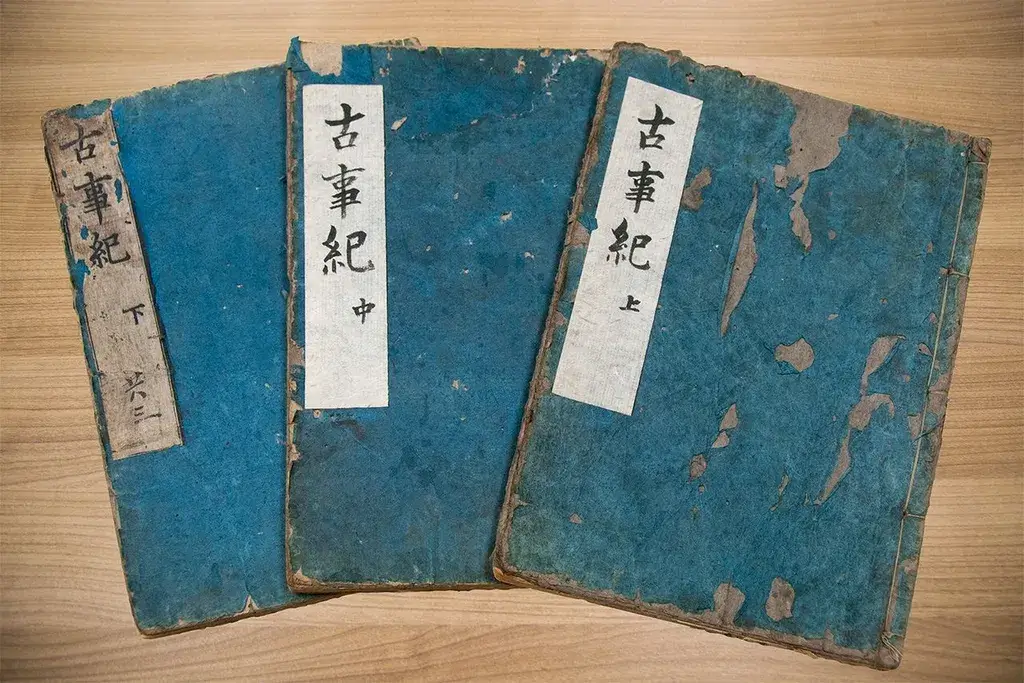
The compilation of the Nihon Shoki reflects Japan’s use of written records, influenced by interactions with Korea and China. Generally, early efforts to document history in Japan included genealogical records and ancient myths. Surprisingly, the project to compile the Nihon Shoki was part of a trend in East Asia. During this time, neighboring countries also documented their histories to reinforce state power and diplomatic relations.
Are you looking for great snacks while reading historical texts? Check out Sakuraco! Sakuraco delivers traditional Japanese snacks, teas, and sweets from local Japanese makers directly to your door so you can enjoy the latest treats directly from Japan!
What are some notable chronicles from this text?
The Japanese Creation Myth
The Japanese creation myth describes the formation of the world. According to Nihon Shoki, the universe began in chaos when heaven and earth were separated. From this chaos, pure elements rose to form the heavens, and heavier elements sank to create the earth. As a result, the first deities, the “Kotoamatsukami,” emerged from this process. The Nihon Shoki also describes the following coming of other gods.
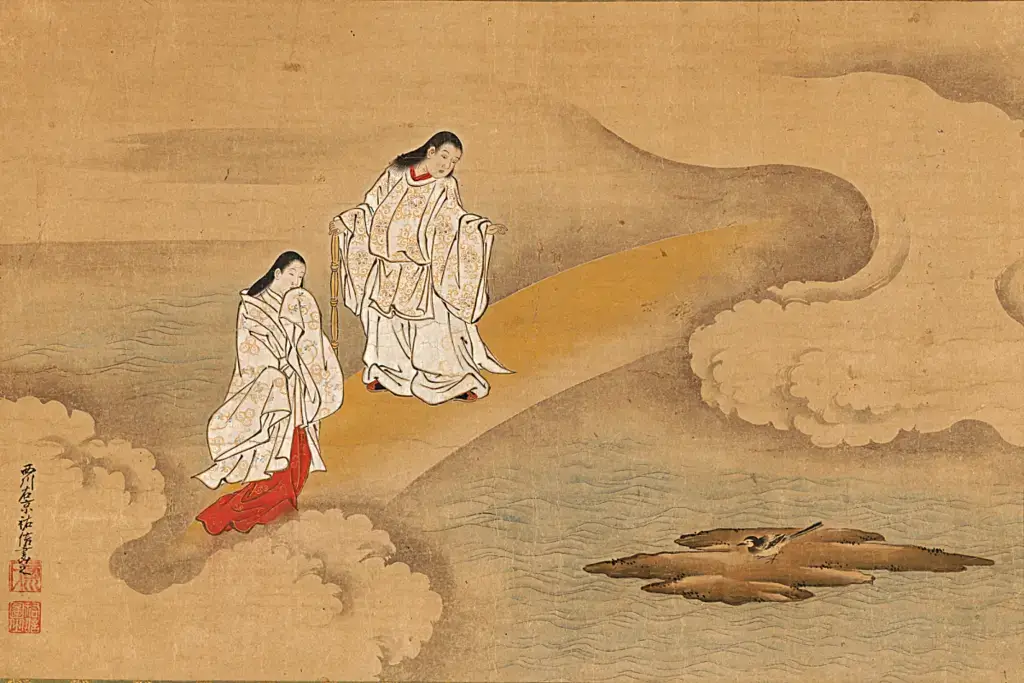
As the creation continued, additional gods appeared in pairs, marking the transition from a formless chaos to an organized cosmos. Among these deities were Izanagi and Izanami, who became central figures in Japanese mythology for creating the Japanese islands and other deities. However, the Nihon Shoki differs from the Kojiki‘s account of the creation myth, presenting various versions and names of the gods involved.
The Life of Prince Shotoku
Prince Shotoku was a significant figure in Japanese history, ruling as regent from 594 to 622 CE. Born the second son of Emperor Yomei, Shotoku was selected by the Soga clan leader to rule as regent on behalf of his aunt, Empress Suiko. Shotoku also introduced many government reforms, like the cap rank system for officials. He sent official embassies to the Sui court, creating a centralized government and strengthening the emperor’s authority.
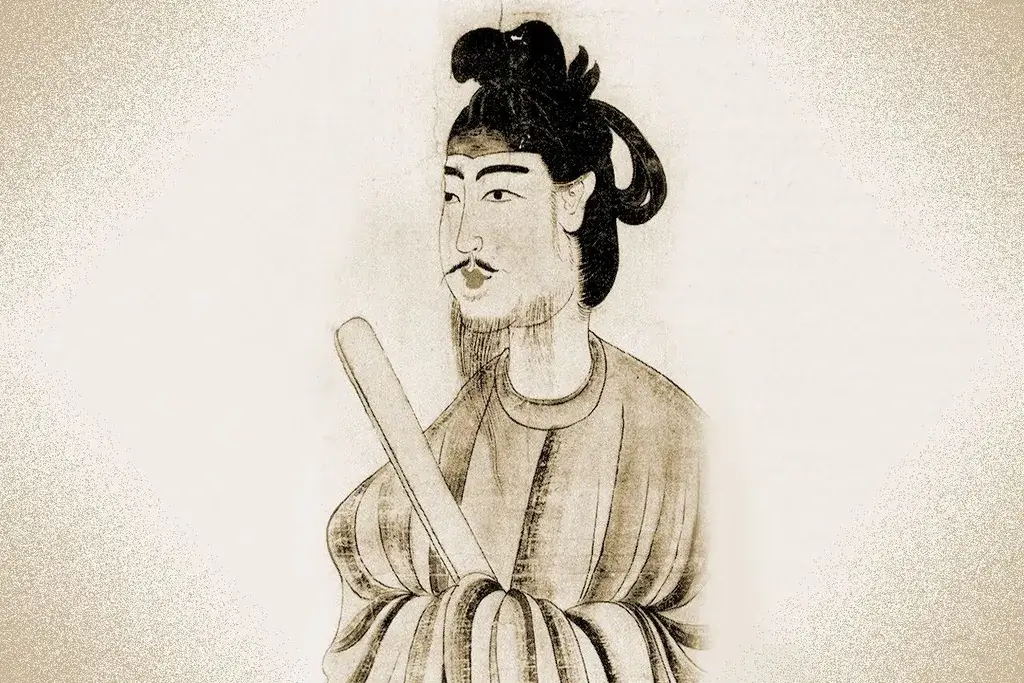
However, Shotoku is best known for his Seventeen Article Constitution. It emphasized Buddhist and Confucian principles and justified the centralization of government under the emperor. Additionally, he was crucial in spreading Buddhism in Japan, building numerous temples, and writing commentaries on Buddhist texts. After his death, people revered Shotoku as a saint-like figure and remembered him as one of Japan’s greatest rulers.
The Taika Reforms
The Taika Reforms were significant political changes in Japan following a coup led by Prince Nakano Ōe and Nakatomi Kamatari. These reforms also aimed to centralize imperial power. The new Emperor Kōtoku named the era “Taika,” meaning “Great Change”. The reforms included the end of private land ownership, the creation of a fair tax system, and new administrative and military structures, all under the emperor’s control.
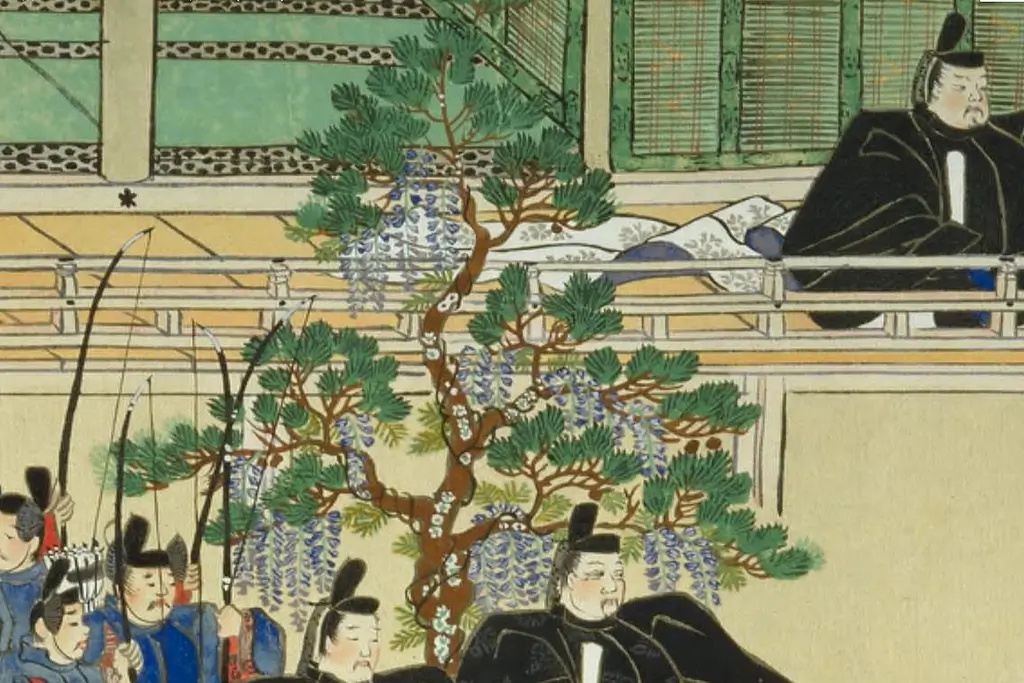
Generally, these reforms transformed Japan from individual clan territories into a unified state with a centralized government. Key measures included a national census, land redistribution, law organization, and the establishment of government departments. These changes also laid the foundation for Japan’s future governance. The Taika Reforms can be compared to the Meiji Restoration’s impact, showing their importance in Japanese history.
Why is the Nihon Shoki important?
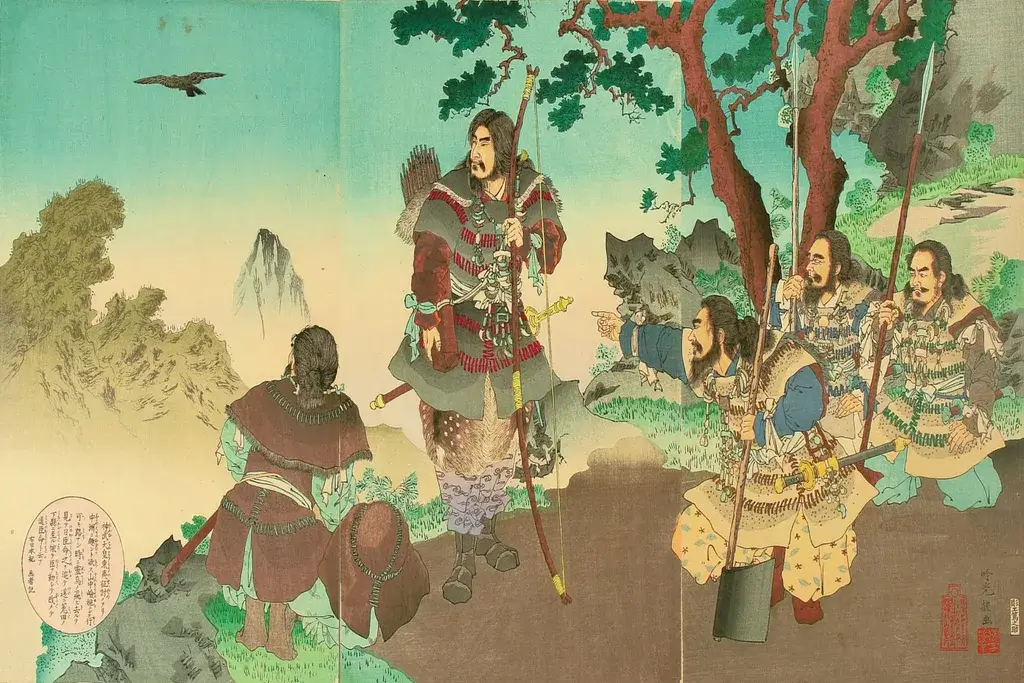
The Nihon Shoki is a foundation of Japanese historical literature, offering helpful insights into the nation’s early history and cultural evolution. This ancient text justified the imperial lineage by documenting events from Japan’s mythical creation to the Taika Reforms and established a consistent historical narrative that influenced Japanese identity for centuries! Have you ever read the Nihon Shoki? What do you think about the stories in this important book? Let us know in the comments below!







